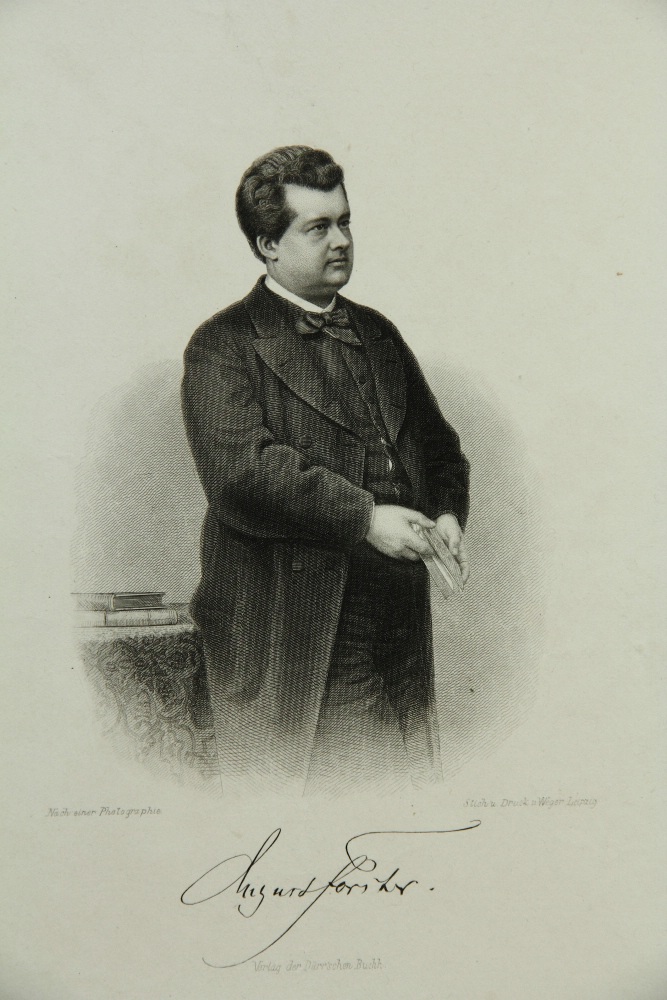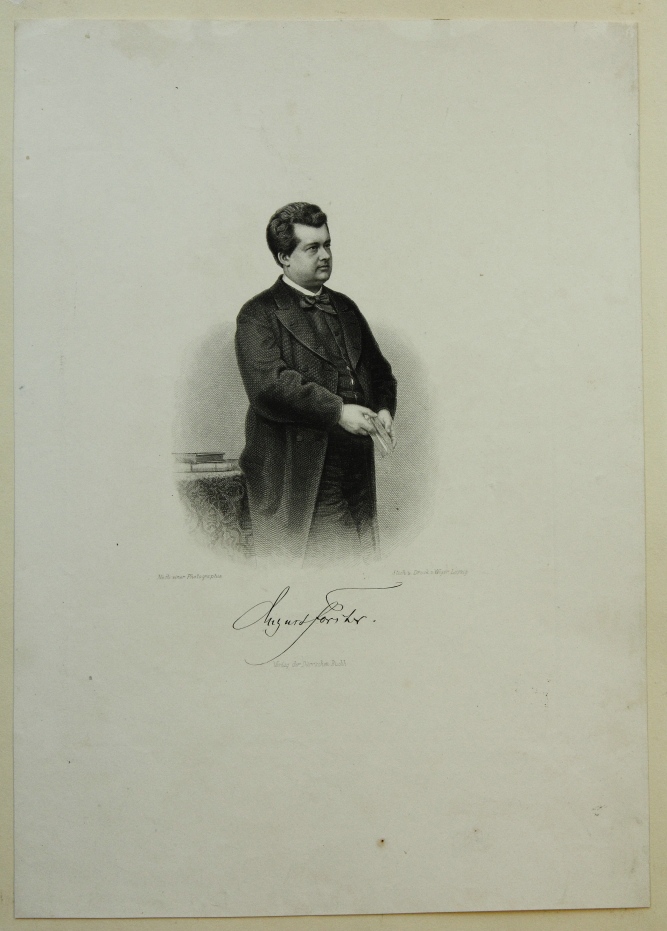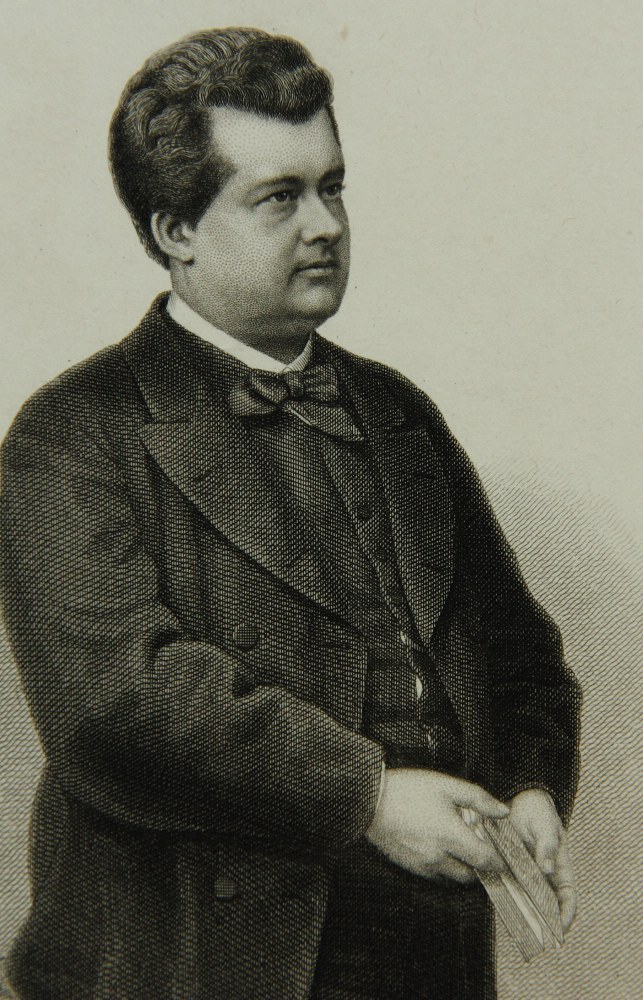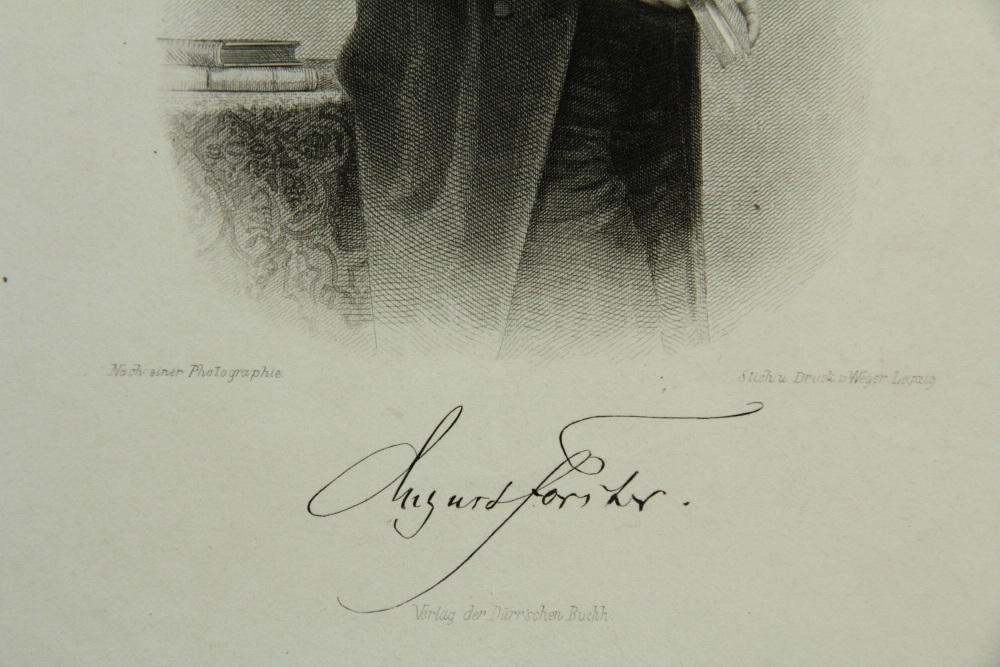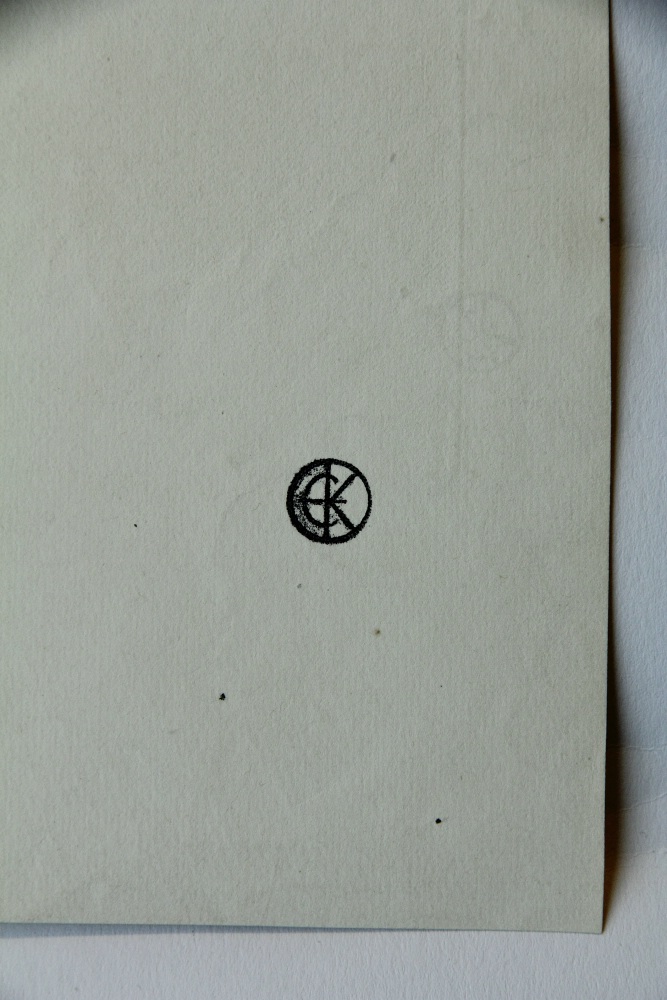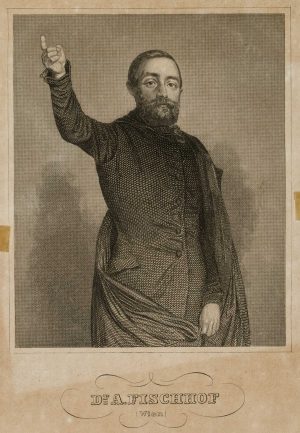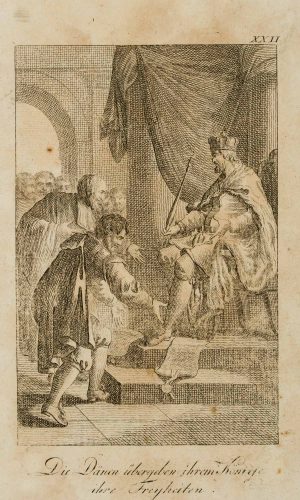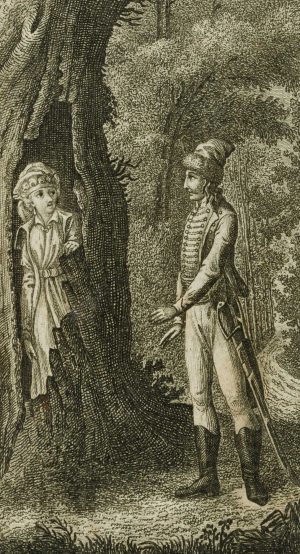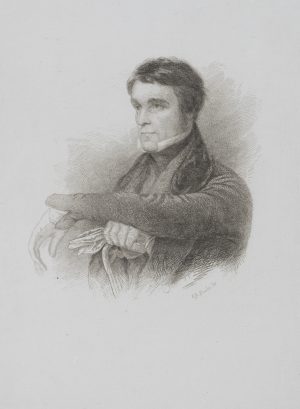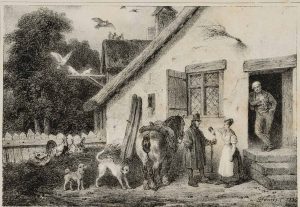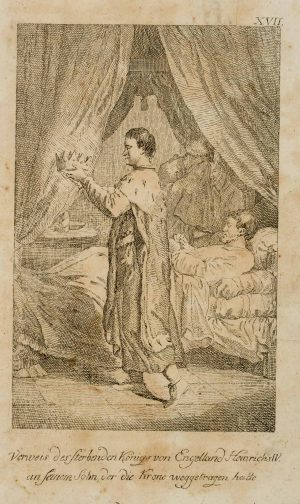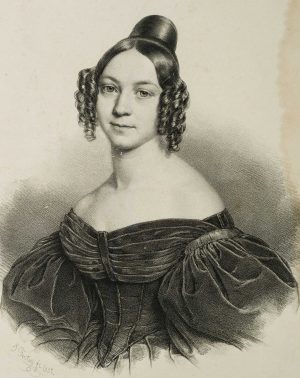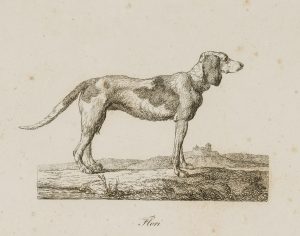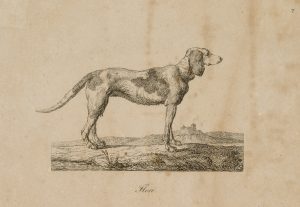August Weger (1823 Nürnberg – 1892 Leipzig), Kniestück eines belesenen Mannes, 19. Jahrhundert, Stahlstich
- Technik: Stahlstich auf Papier
- Stempel: Sammlerstempel, Lugt Nr.: 3549. Erhard Oskar Kaps. Leipzig. 20. Jahrhundert, 19. Jahrhundert
- Bezeichnung: Unterhalb der Darstellung in Druckplatte signiert. Darunter mit der gedruckten, schwer lesbaren Signatur(?) des Dargestellten versehen: “[?]igurdforster[?]” . Rückseitig befindet sich ein Sammlungsstempel mit dem Monogramm “EK”.
- Datierung: 19. Jahrhundert
- Beschreibung: Nach einer Photographie.
- Schlagworte: Porträt, Deutschland, Romantik, 1800-1849
- Größe: 29,2 cm x 20,5 cm, Druckplatte: 19,6 cm x 15,8 cm, Darstellung: 12,0 cm x 9,0 cm
- Zustand: Sehr guter Zustand. Vereinzelt sind minimale Stockflecken und Knitterfalten erkennbar. Die Blattoberkante weist stellenweise kleine Aufrauhungen der Papieroberfläche auf.
English Version:
August Weger (1823 Nuremberg – 1892 Leipzig), Knee piece of a well-read man, 19th century, Steel engraving
- Technique: Steel engraving on Paper
- Stamp: Collector’s stamp, Lugt no.: 3549. Erhard Oskar Kaps. Leipzig. 20th century, 19th century
- Inscription: Signed in printing plate below the depiction. Below with the printed, hardly legible signature(?) of the sitter: “[?]igurdforster[?]” . On the reverse is a collection stamp with the monogram “EK”.
- Date: 19th century
- Description: After a photograph.
- Keywords: , 19th century, Romanticism, Portraits, Germany,
- Size: 29,2 cm x 20,5 cm (11,5 x 8,1 in), Plate: 19,6 cm x 15,8 cm (7,7 x 6,2 in), Depiction: 12,0 cm x 9,0 cm (4,7 x 3,5 in)
- Condition: Very good condition. Isolated minimal foxing and creases are visible. The upper edge of the sheet shows small roughenings of the paper surface in places.

